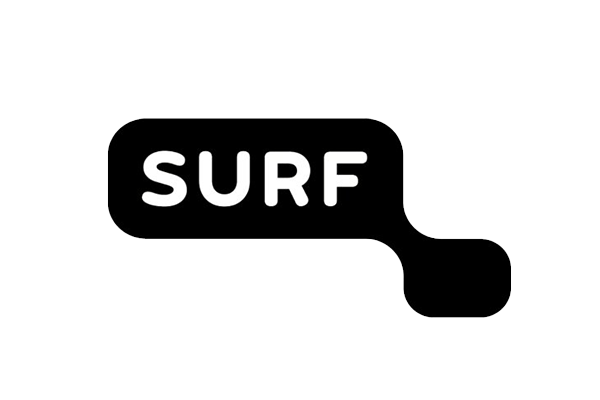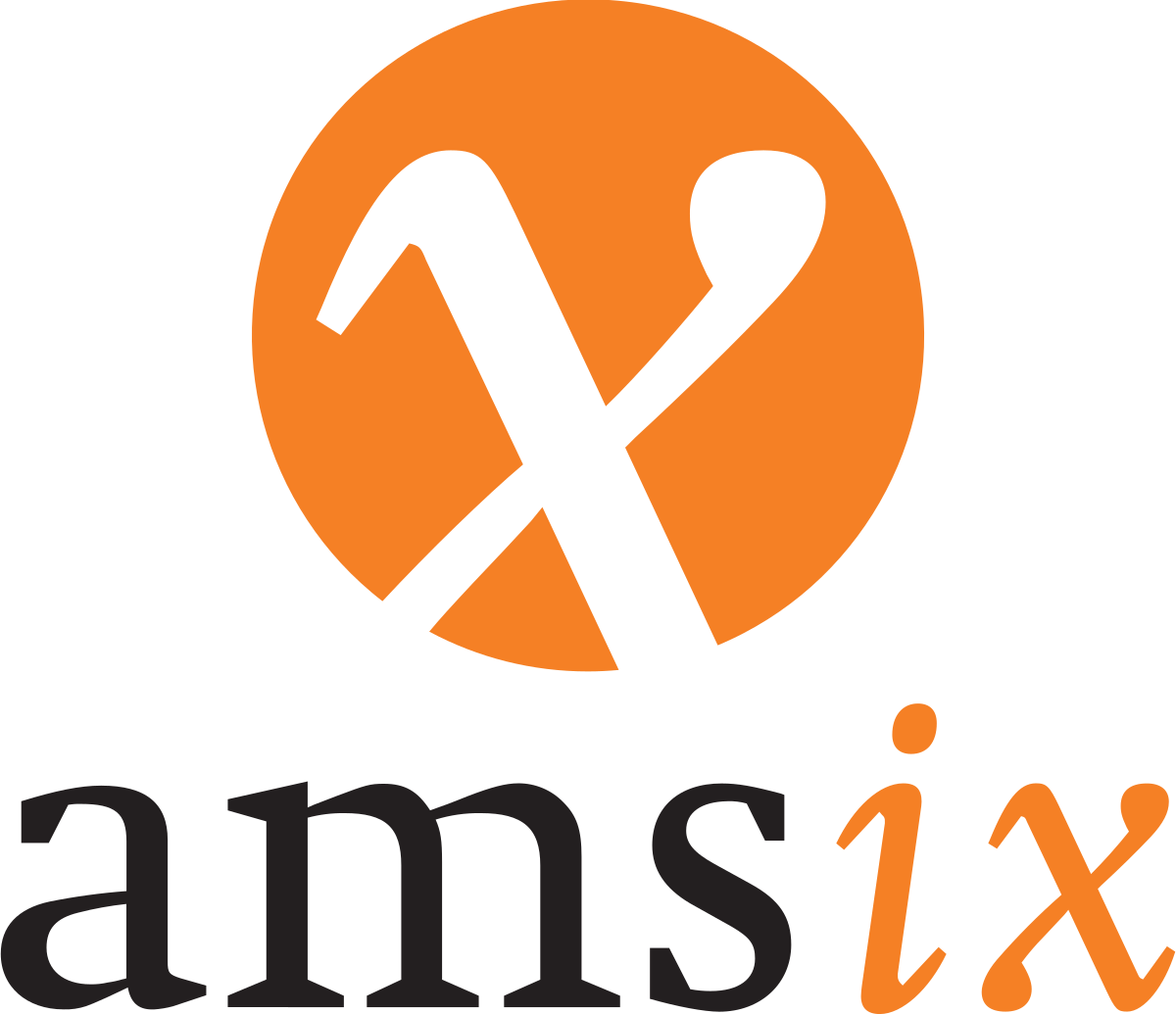Standard agreements can teach the machines
AMdEX has achieved many milestones via its usecases. In a series of articles, we’ll look back on these results and showcase their user scenarios. The Marineterrein usecase made for a steep learning curve.
Marineterrein is a living lab located in the centre of Amsterdam that collects and shares public data between trusted parties. Hayo Schreijer – managing director of Dexes and one of AMdEX’ founding partners – tells all about this field lab at the Marineterrein in Amsterdam.
What was the objective of the usecase?
“The first usecase was to make data collected in the public space accessible to third parties, such as businesses, artists, local authorities, journalists and residents. While looking at facility data for the smart building case, we also looked at data collected from public space as a clear smart city user case. While looking at facility data for the smart building case, we also looked at data collected from public space as a clear smart city user case. Our objective was to share the collected data on the actual Marineterrein, based on agreements and rules, using iSHARE and Solid Pods. A pod is a decentralised data store. When data is stored in someone’s pod, they control which people and applications can access it.”
What were biggest challenges?
Translating agreements between actual people into actual rules which can be read by machines was most challenging. Sensors and machines all have their own data formats, so there were many practical issues regarding data standardisation. Lampposts for example are not standardised. Luminis, one of our endorsing partners, created an extra layer that takes all the different data formats and transforms them into a standardised data stream. This made the application developer very happy.”
What were the main lessons learned?
“The Marineterrein usecase is membership based. One condition to access the sensor data is that you need to be member of the community ‘Marineterrein Collective’. iSHARE verified the memberships, almost like a member contribution administration. We proved that authorisation can easily be revoked in the data exchange layer without the need to recode. We also learned that having a certified iSHARE professional on hand, for whom iSHARE holds no secrets, is an incredible advantage.”
How can the results of this experiment be applied further?
“There were many lessons we implemented from the smart building usecase. We worked with the same development team while the Luminis solution also helped standardise the data which was crucial in both usecases.”
What user scenarios did you encounter in the usecase?
“There are various data owners on the Marineterrein that have sensors installed. The Marineterrein collects the streams of data produced by the sensors on the terrain. The Marineterrein takes the role as data provider in the user scenario. The data owners delegate the control over the data to the Marineterrein. The Marineterein provides the data to the data platform that is offered by Luminis. Luminis makes the data in a standardized format to journalists. Access is controlled by iSHARE and policies. Journalists need to be member of the Marineterrein dataspace to access the data on the Luminis platform and have signed to respect the conditions that were set to use the data. Each time a journalist request access, the membership of the journalist is checked at the iSHARE satellite.”
What are the recommendations for future research or experiments?
“We could really use templates or standard agreements to teach the machines.”
Text: Karina Meerman
Deliverables Marineterrein usecase
Please visit: https://www.mt-dataexchange.nl/









